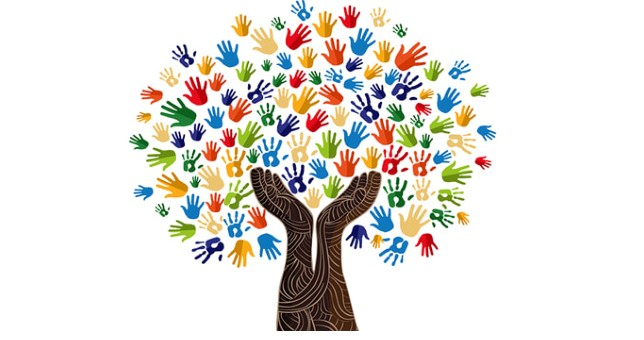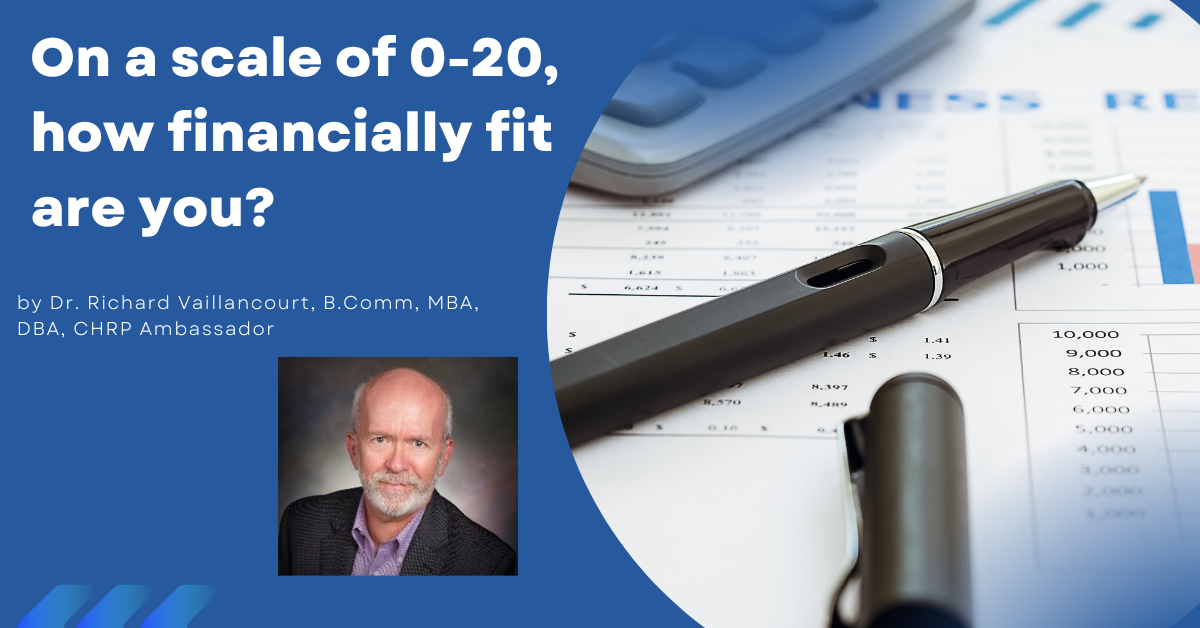During my doctoral studies, an arduous period of almost seven years, finishing up early in 2016, I researched and wrote several academic papers related to organizational culture. I leveraged my role as a Credit Union CEO to apply my understanding within my workplace. Later in 2016, I met both Darren and Warren and was introduced to Emotional Fitness® and have since been intrigued with how organizational culture aligns with the 9 Steps.
Essentially organizational culture defines the proper way to behave within the organization and encompasses shared beliefs and values established by leaders and ultimately communicated and reinforced through their actions. Those actions in turn shape employee perceptions, behaviors, expectations and understanding.
Where can Emotional Fitness® fit in, we might ask?
From my perspective, the most striking element relates to Listening Power, which of course is Step 1 of the “9 Steps to Emotional Fitness” by Warren Redman. At the introduction to this topic, Warren quotes an interesting Spanish proverb: “Two great talkers will not travel far together”. That resonates with me! Our best leaders must understand this basic premise and learn how to source the “beat” of their organizational culture by listening to their teams. It all starts with Listening Power!
The organization’s shared beliefs and values emerge and in turn impact success or failure. Both Lifescale and Workscale components of Emotional Fitness® can be effectively leveraged as tools to develop initial measures of organizational culture.
The following are some questions you may find as part of an Organizational Culture E-Fitness Questionnaire, please score each question on a scale of 1-5 where 1 is “if you are very dissatisfied with the situation” to 5 “if you are extremely satisfied”:
SECTION ONE: COMMUNICATION
1. How good are people at listening to each other?
2. How much openness exists?
3. How well do people share ideas?
4. How well is conflict dealt with?
SECTION TWO: DECISION TAKING
5. How well are decisions communicated?
6. Are decisions implemented effectively?
SECTION THREE: EMPLOYEE (or TEAM) ENGAGEMENT
7. Are there good opportunities for training and education?
SECTION FOUR: THE WORK ENVIRONMENT
8. Is there adequate consultation about the work environment?
SECTION FIVE: COMMUNITY
9. Do we continue to remain connected and engaged with our customer/client base?
SECTION SIX: RESILIENCY
10. How resilient are members of the team?
11. How adaptive to change are members of the team?
SECTION SEVEN: EMOTIONAL INTELLIGENCE
(Self-awareness, Self-regulation, Motivation, Empathy, Social Skills)
12. How motivated are members of the team?
13. How much empathy is demonstrated by members of the team?
14. How effective are members at self-regulation?
15. How self-aware are members of the team?
Total Score (Add the scores of #1 – #15):
What does this total score (out of 75) mean for you? What would you like the score to be (out of 75)? What are some changes you feel are needed in the organization’s culture?
I’m hoping you too will see how seamlessly Emotional Fitness® tools and processes can align with the study of organizational culture.
Reference:
Emotional Fitness Coaching
How to Develop a Positive and Productive Workplace for Leaders, Managers and Coaches
Warren Redman




0 Comments